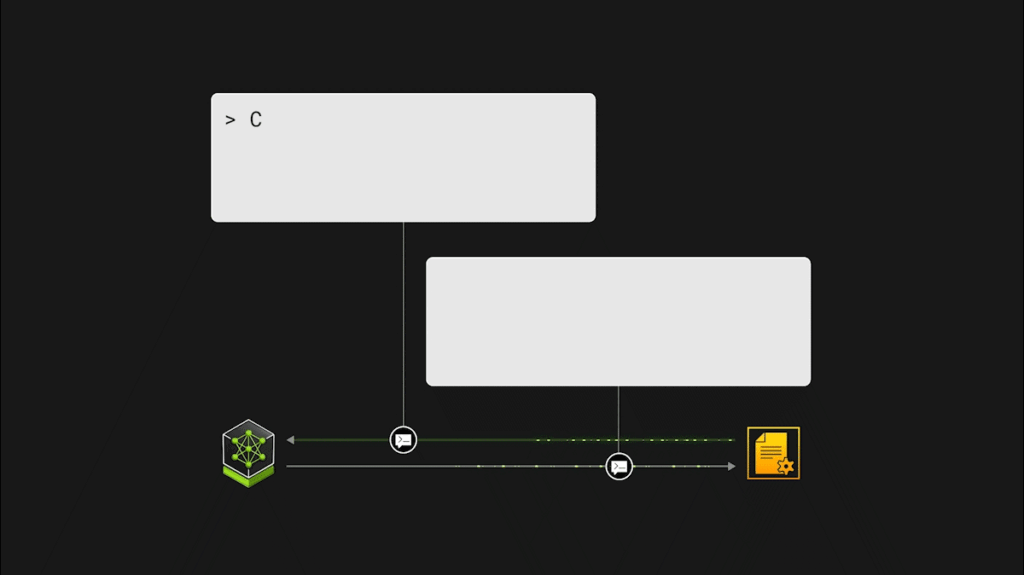Revolutionizing Software Security: The Promise of Generative AI
As the digital landscape expands, so does the threat of cyber vulnerabilities. By the end of 2023, the number of reported vulnerabilities in the CVE (Common Vulnerabilities and Exposures) database surged beyond 200,000. This relentless growth is transforming how organizations approach vulnerability detection and resolution within their software systems. The traditional methods of scanning and patching systems simply can’t keep up with the complexity and volume of these vulnerabilities.
The Generative AI Solution
In response to these mounting challenges, enterprises are increasingly turning to generative AI as a beacon of innovation. According to industry analysts at the IDC, vulnerability detection is poised to become a primary use case for generative AI within software delivery processes. The integration of this advanced technology not only promises to enhance vulnerability defenses but also significantly alleviate the workload on security teams.
Many organizations have already started dabbling with AI for process automation. However, scaling this technology to meet enterprise-level demands requires sophisticated systems capable of handling vast amounts of data. That’s where groundbreaking solutions like those developed by NVIDIA come into play.
Accelerating Vulnerability Analysis
A recent demonstration by NVIDIA showcased how generative AI can radically transform vulnerability analysis in software containers. With tools like NVIDIA’s Morpheus cybersecurity AI SDK and the NIM (NVIDIA AI Model Interface), the time required to assess and mitigate CVEs plummets from hours or even days to mere seconds. Just imagine: instead of waiting around, security professionals can respond almost instantly to detected threats.
This advancement is made possible through the implementation of retrieval-augmented generation (RAG) technology, which powers an AI agent capable of connecting large language models (LLMs) to extensive datasets. As a result, cybersecurity teams can focus on what truly matters—addressing the most urgent security risks instead of sifting through a mountain of known vulnerabilities.
How It Works
So, how does this work in practice? By utilizing multiple LLM agents, organizations can enhance their vulnerability management processes. These agents automate crucial tasks including vulnerability verification and VEX (Vulnerability Exploitability eXchange) justification. The automatic triggering of these processes in response to upstream vulnerability scans allows teams to streamline their operations considerably.
What sets this approach apart is the underlying architecture. Built on NVIDIA Morpheus, the NIM Agent Blueprint employs asynchronous and parallel GPU processing to analyze multiple CVEs concurrently. This means real-time insights into container vulnerabilities can be achieved, enabling teams to swiftly validate potential threats and act accordingly.
Key Takeaways
- Efficiency: Using NVIDIA’s AI technology, CVE analysis & remediation times shrink from days to seconds.
- Automation: LLM agents cut through the noise of numerous CVEs, spotlighting urgent security risks.
- Scalability: The design allows for fast, scalable analysis that keeps pace with the rapidly growing number of vulnerabilities.
Conclusion
For those looking to harness the power of generative AI in vulnerability analysis, NVIDIA invites you to explore their free blueprint at build.nvidia.com. You can also stay informed about the upcoming release of a downloadable vulnerability analysis NIM Agent blueprint.
Curious about how generative AI can be leveraged at an enterprise scale? For a deeper dive, check out “Applying Generative AI for CVE Analysis at an Enterprise Scale” for detailed insights.
The AI Buzz Hub team is excited to see where these breakthroughs take us. Want to stay in the loop on all things AI? Subscribe to our newsletter or share this article with your fellow enthusiasts.




